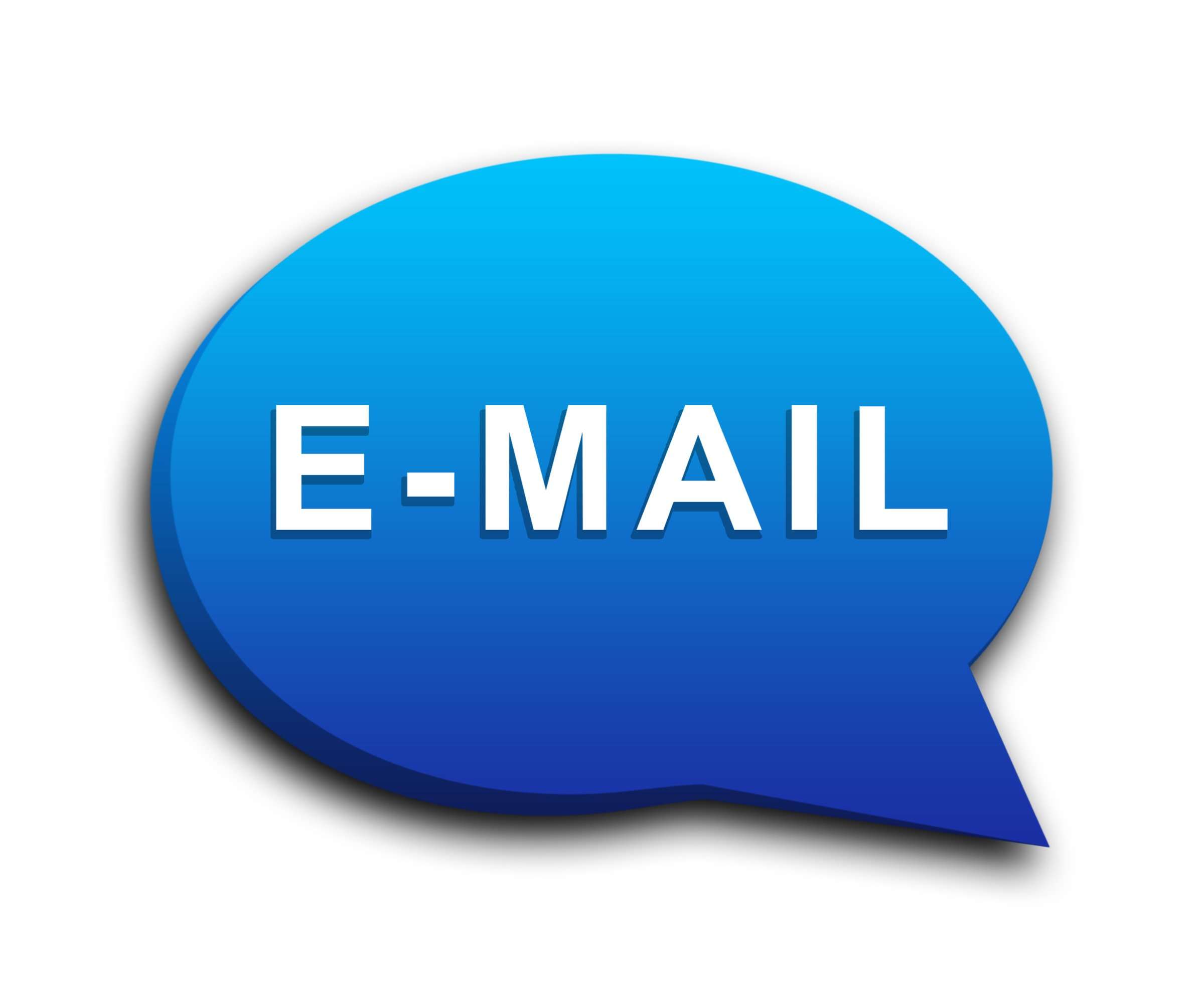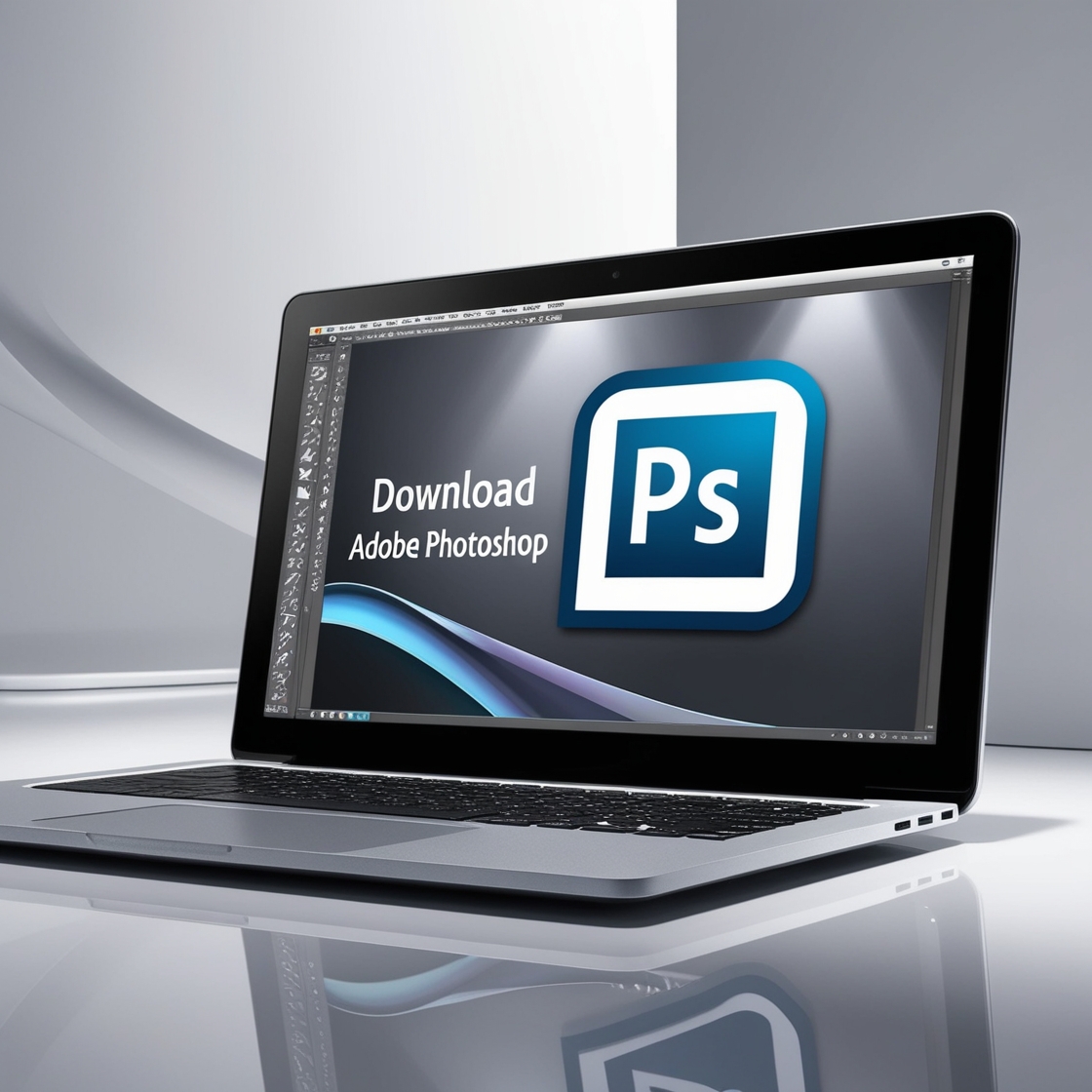Write a Cold Email for Jobs:
Writing a cold job search email is an important skill for every job hunter to know. A cold email is a proactive way of reaching out to an employer directly, regardless of the job listing. In the modern age, finding a job that you like is hard, especially when it comes to mailing and not always, but sending cold emails in different types of cases can be a decisive factor because nobody knows you or who you are, so on.
While a well-written cold email demonstrates initiative, professionalism, and follow-through. But what exactly can you do to make your cold email a cut above the rest? This post will walk you through the bare essentials to making sure your cold email is opened, read, and replied.
Understanding What a Cold Email :
At its most basic level, a cold email is an email you send to someone (often, but not always a hiring manager or recruiter) without any prior contact that introduces yourself and demonstrates why you would be invaluable to their employer. Cold emails, unlike your basic job application, are not in reference to a listed position. Rather, you are networking for potential opportunities or to market yourself as a job candidate.
Researching the Right Contact
Don’t Write a Single Word Until You Know Whom to Address your Original Email Directly the Correct Party When you send a cold email to any generic company inbox, it probably gets missed… While companies have confidentiality policies regarding the names of their hiring managers, you can still visit LinkedIn or conduct some research to know who heads a particular division and increase your chances for feedback.
Personalize the email; mention things you know about their company or that job role from research. This demonstrates that you are getting to know a person rather than just firing off an email blast.
Opening With a Strong Introduction
Your email should start with an opening line that grabs the reader and keeps them reading some more! It can start with a short paragraph introducing yourself and contain your name, the profession you are currently doing, including your job title, and the basic reasons for contacting them.
Example:
“Hi [Recipient’s Name],
Hi, I am [Your Name], a(n) [X] year [current job title] with experience working in the industry of ____. I have been watching [Company Name] for a while and heard about your recent work in the [Project/News/Or Event]: I would be so happy to join your team within [Department Name] department.
Personal, brief introduction—creates a tone of respect and professionalism.
Highlighting Your Skills and Experience
After you’ve revealed all the necessary information about yourself, the next important thing is to explain in detail why you should be included in their team. Always remember, the objective of the cold email is to sell yourself and your skills that the company would be in need of.
Use bullet points or short sentences to summarize your career highlights and areas of expertise which you specialize in. This will also make it a little more convenient for the reader and provide the reader with an impression of your worth.
Example:
“In the Company [Current Company] I currently work, I have:
Coordinated a team that managed to raise sales by 30% for one year
Formed and implemented digital marketing strategies that increased web traffic by 50%
Facilitated the maintenance of key accounts managed contract values of over $500,000 a year.”
Adjust this part to the field of the company and support it with the accomplishments that illustrate your precise contribution.

Why You Want to Work There
Similarly, try to explain why you wish to go to this particular company. It is necessary for your business email to look targeted rather than like a mass distribution email.
Perhaps it would make sense to talk about the recent projects the company has completed that particularly impressed you. Aim to align your enthusiasm and your aspirations with what the firm is currently pursuing.
Example:
“What excites me the most about [Company Name] is your vision to create a more sustainable development practice in the technology industry. Eco-design is one of my passions, and I think I can leverage my product design skills to support your cause.”
Ending With a Call to Action
You have established your position quite strongly, but it is now time to prepare the audience for the next step. An email should always conclude with a strong call to action. Do not simply put the ball into their court; construe your aspirations for the interaction.
Example:
“I would appreciate the chance to explain why I feel that my qualifications may be useful for your team. May I request a short call with you next week to discuss how we might work together?”
Common Mistakes to Avoid When Writing Cold Emails
A few traps and habits to watch out for when learning how to write a cold email for jobs:
- Emails that ramble on: Try and keep your email short and focused. Longer an email generally is not likely to have written full makeup.
- Cookie-cutter templates: Templates are your friend, but personalization is key. Again, a cookie-cutter email out to hundreds of companies is not going to cut it.
- title, Bad subject lines: If your email has a boring title, nobody will open it.
- Zero follow-up: If you email somebody and don’t hear back within a week, send them an annoyingly nice follow-up.






